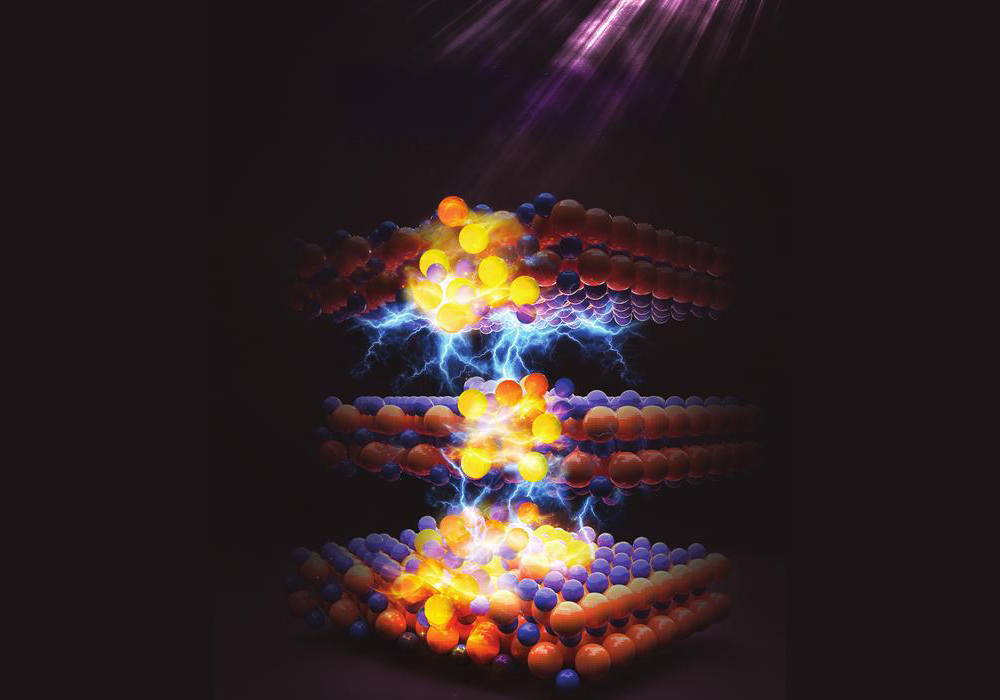
[Image above] Credit: M-studio, PixaHive
Depending on where you live, you may have experienced difficulties refueling your vehicle the past week because of a recent gasoline shortage.
Unlike the toilet paper shortage last year, which came about due to an unforeseen natural phenomenon, the gasoline shortage started because of an increasingly worrisome human-driven phenomenon—ransomware.
As defined by the United States Cybersecurity and Infrastructure Security Agency, ransomware is an ever-evolving form of malware designed to encrypt files on a device, rendering any files and the systems that rely on them unusable. Malicious actors then demand ransom in exchange for decryption.
In recent years—and especially in 2020—the number of ransomware attacks increased considerably. The targets of those attacks are increasingly organizations such as healthcare and public utilities that, when attacked, can put the lives of hundreds or thousands of innocent people on the line if the ransom isn’t paid.
Oil pipeline operator Colonial Pipeline found themselves the targets of a ransomware attack earlier this month when the DarkSide ransomware group attacked the company’s business network. Colonial took down its operational technology networks as a precaution, leading to a gasoline shortage that was exasperated when consumers began panic-buying fuel.
Unfortunately, ransomware groups have achieved significant success with recent attacks thanks to the rise of cryptocurrency.
Cryptocurrency is a digital asset that can be exchanged online for goods and services. It is often touted as being a secure form of payment due to its reliance on logging transactions through a decentralized process called blockchain. This security backfires, however, when ransomware groups demand payment in cryptocurrency, which makes it difficult for law enforcement to trace the payment. (Vulnerabilities in blockchain are becoming more known, however.)
Cryptocurrency’s role in enabling ransomware is often a secondary story, though, compared to concerns about its environmental impact.
Vast amounts of energy are needed for mining cryptocurrency, a process that involves solving complex mathematical problems. For example, Cambridge University analysis suggests that if the well-known cryptocurrency Bitcoin was a country, it would be in the top 30 energy users worldwide—and its carbon footprint would be comparable to that of Peru, producing 56.29 megatons of carbon dioxide annually, according to Digiconomist’s Bitcoin Energy Consumption Index. And that’s just a single cryptocurrency!
At this point, discontinuing cryptocurrency is no longer considered a feasible option—many investment experts such as Goldman Sachs view the digital assets as here to stay. Instead, the focus now is on how to make cryptocurrency more sustainable.
Reducing the amount of energy needed to perform cryptocurrency mining is one way to advance sustainability. And one approach traditionally used by researchers to improve computer energy efficiency is by scaling down the size of miniature electronic components called transistors.
Transistors are the fundamental building block of computer circuitry. They either prevent or allow current to flow through a circuit, and smaller transistors use less energy to perform the task of amplifying or switching current flow. Unfortunately, as transistors become smaller, electrical leakage occurs and decreases energy efficiency—a phenomenon that becomes increasingly problematic the smaller you go.
Today’s most advanced transistor technology nodes are 7 nanometers in size. Late last year, both Apple and Huawei announced 5-nanometer nodes. But this new record did not hold for long—IBM just announced a 2-nanometer node that will be available by 2024.
The foundation of IBM’s new node is nanosheet technology, a newer design for nodes in which each transistor is made up of three stacked horizontal sheets of silicon, each only a few nanometers thick and completely surrounded by a gate. “Nanosheet technology is poised to replace so-called FinFet technology named for the fin-like ridges of current-carrying silicon that project from the chip’s surface,” an IEEE Spectrum article explains.
In the IBM press release, the company projects that the new 2-nanometer nodes will improve performance by 45% at the same power, or 75% less energy use at the same performance, compared to today’s most advanced 7-nanometer nodes. These benefits equate to “quadrupling cell phone battery life … slashing carbon footprint of carbon data centers … drastically speeding up a laptop’s functions … [and] contributing to faster object detection and reaction time.”
Learn more about the new transistor in the video below.

Credit: CNET Highlights, YouTube
While smaller nodes will allow more transistors to fit on a single chip, it does raise the question of interconnect crowding, which can cause failures in the circuit. As detailed in the IEEE Spectrum article, Mukesh Khare, vice president of Hybrid Cloud at IBM Research, addressed this question during a press conference announcing the new transistor.
“Interconnect scaling is equally important as the transistor,” Khare says. “We are continuing to drive the correct scaling for the interconnects as well. That’s part of our full 2-nm technology features.”
Author
Lisa McDonald
CTT Categories
- Electronics

